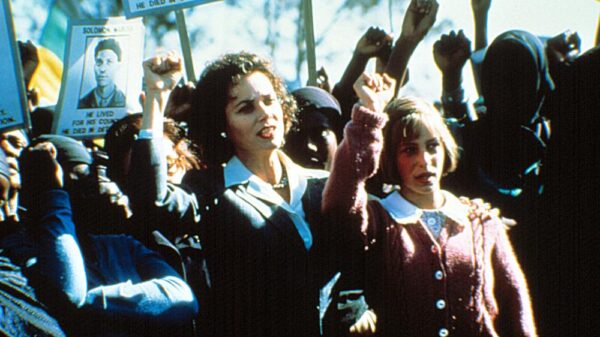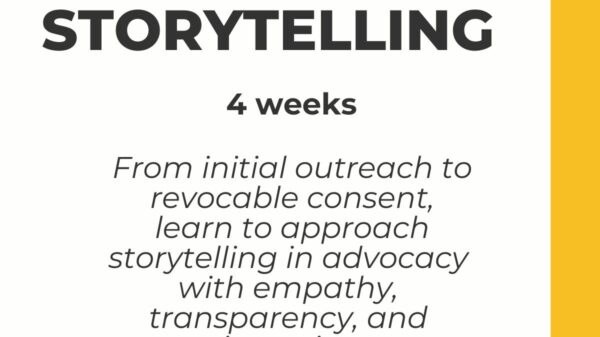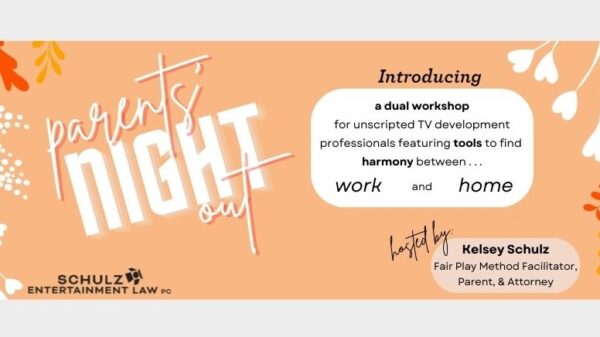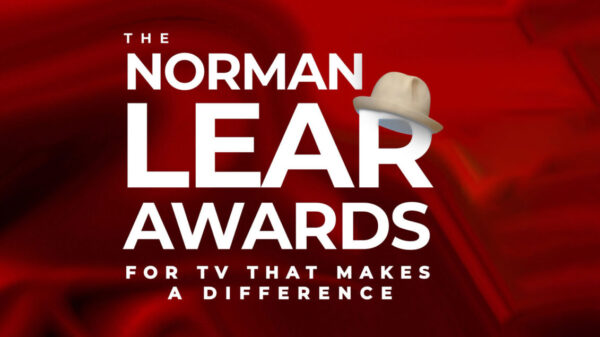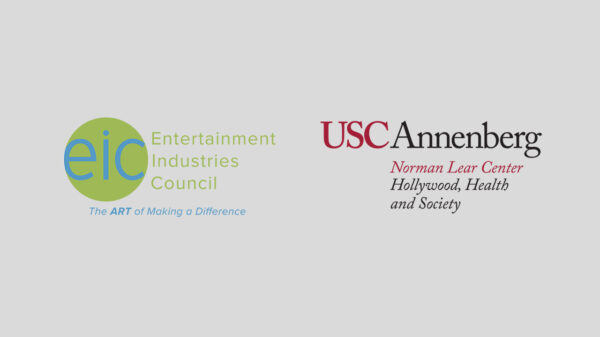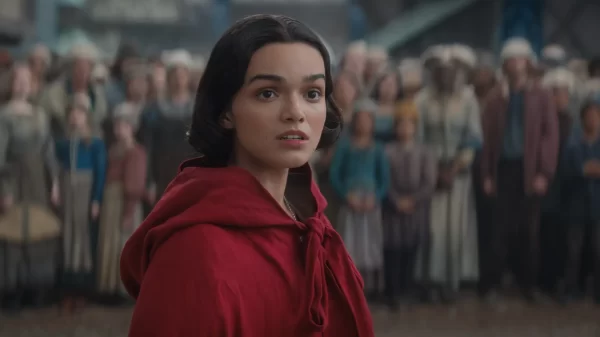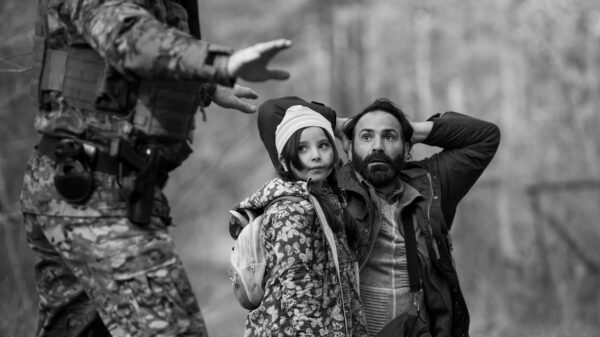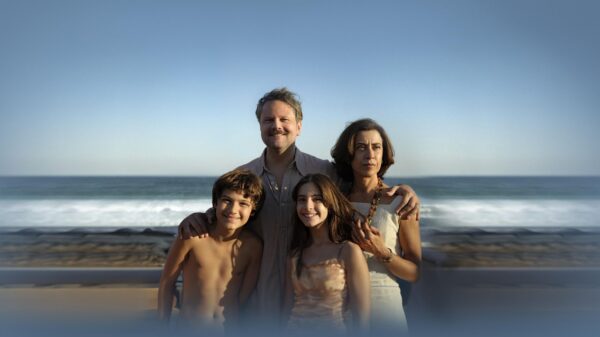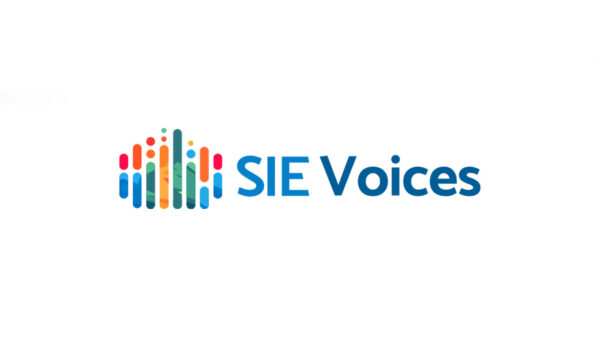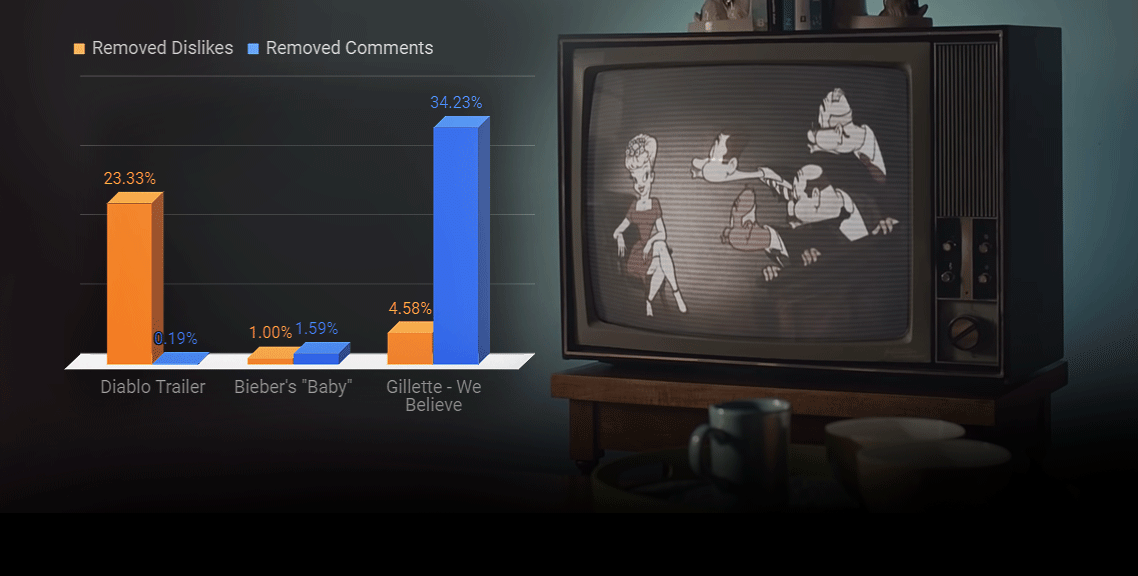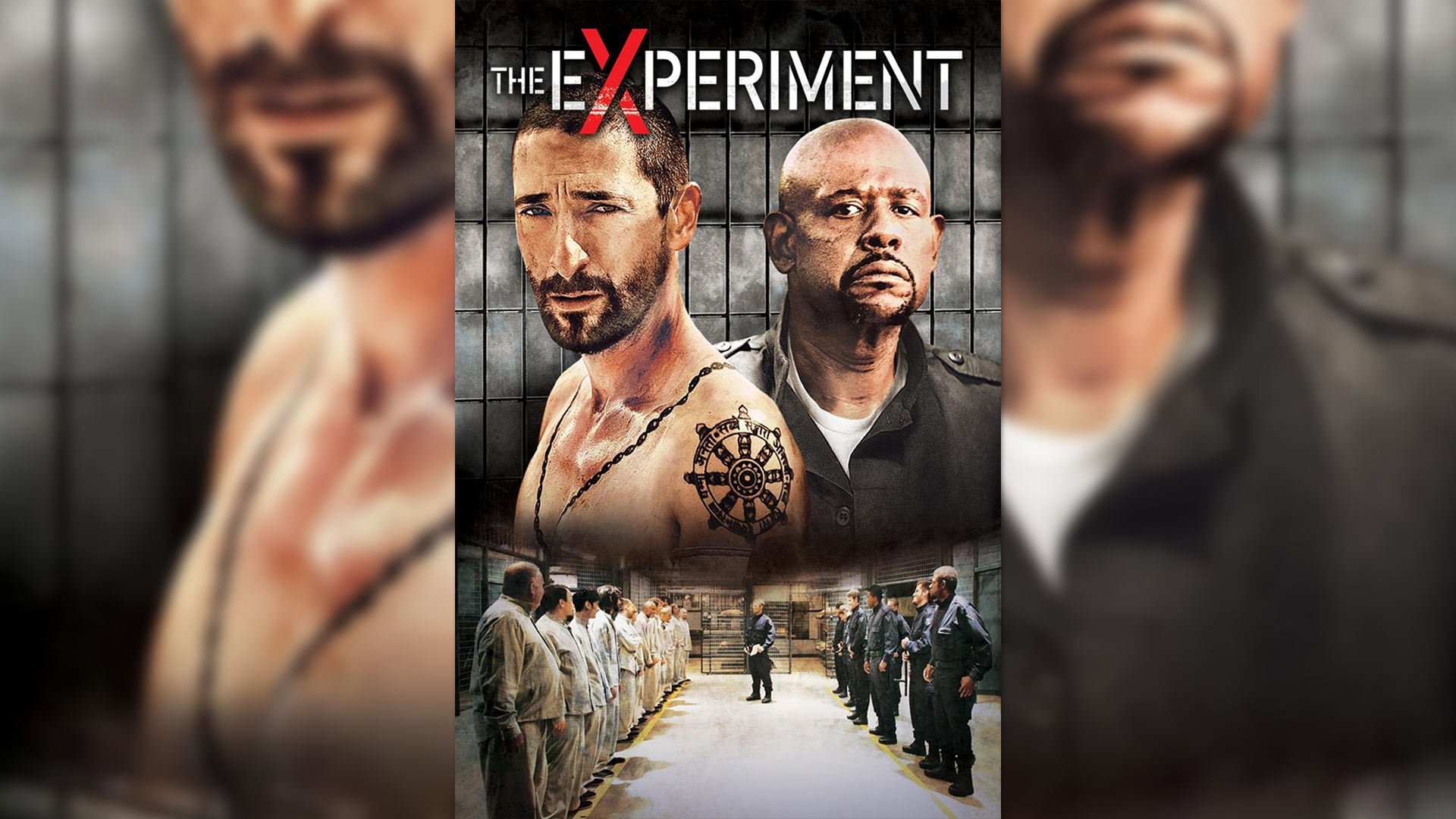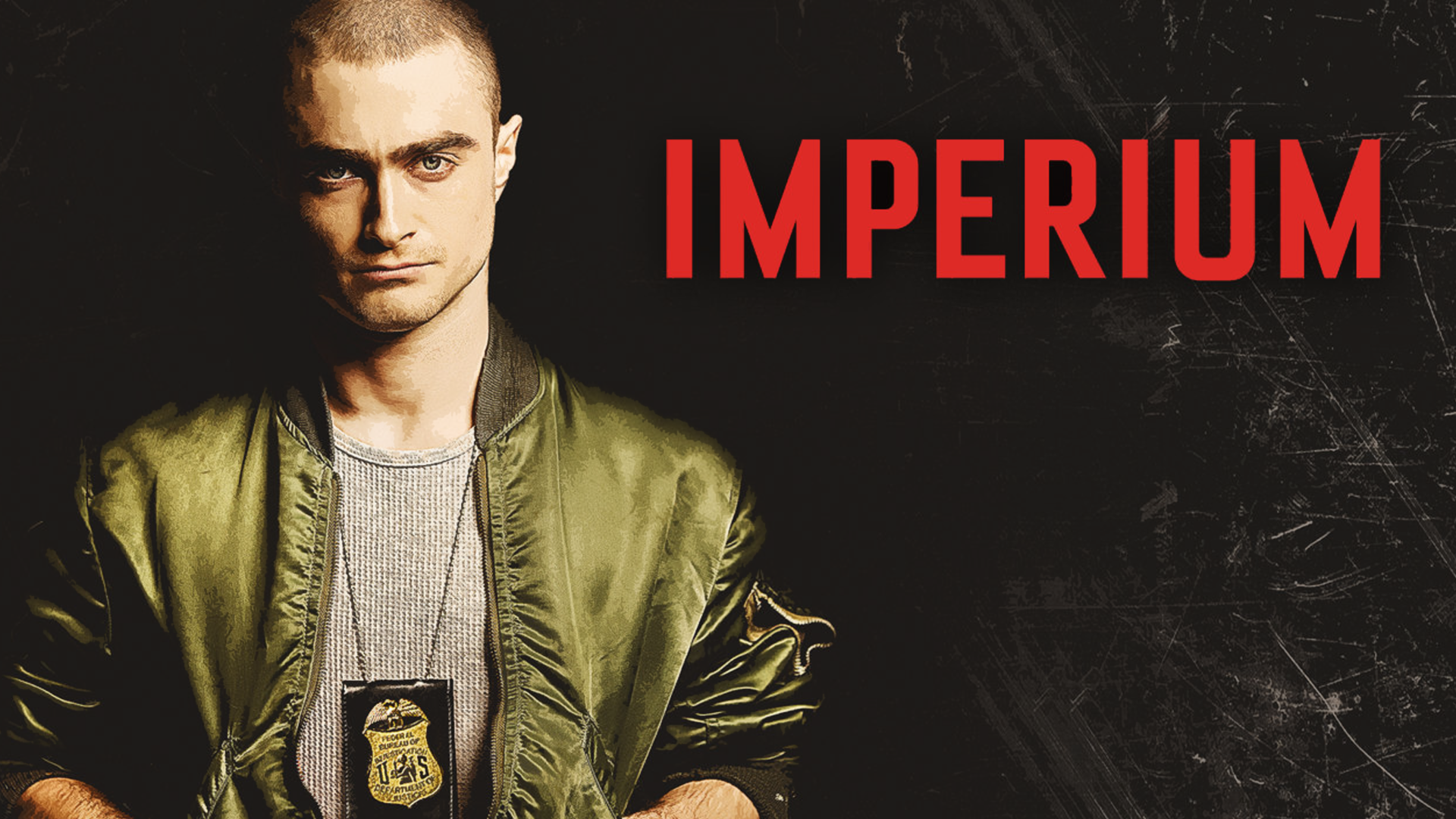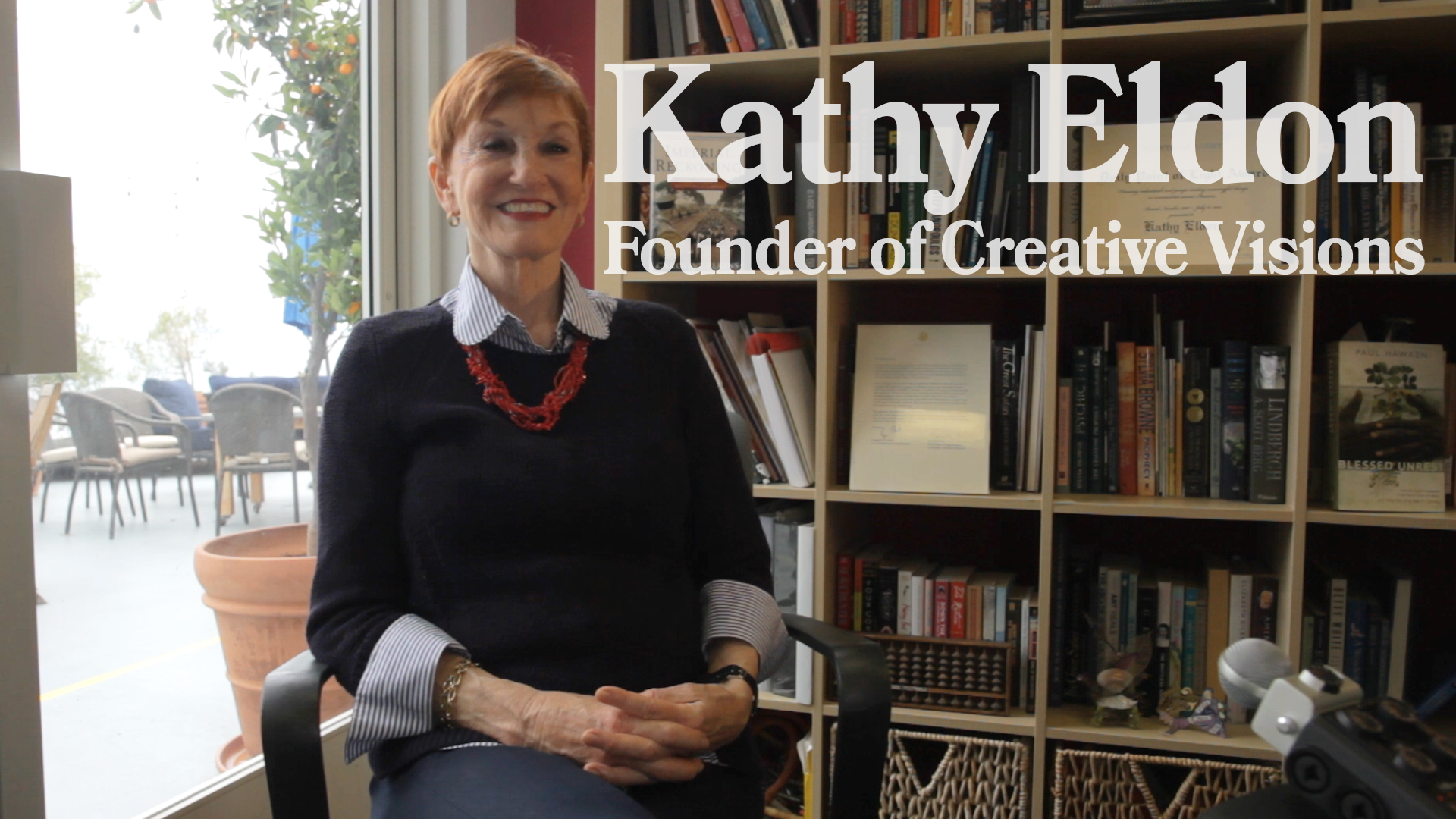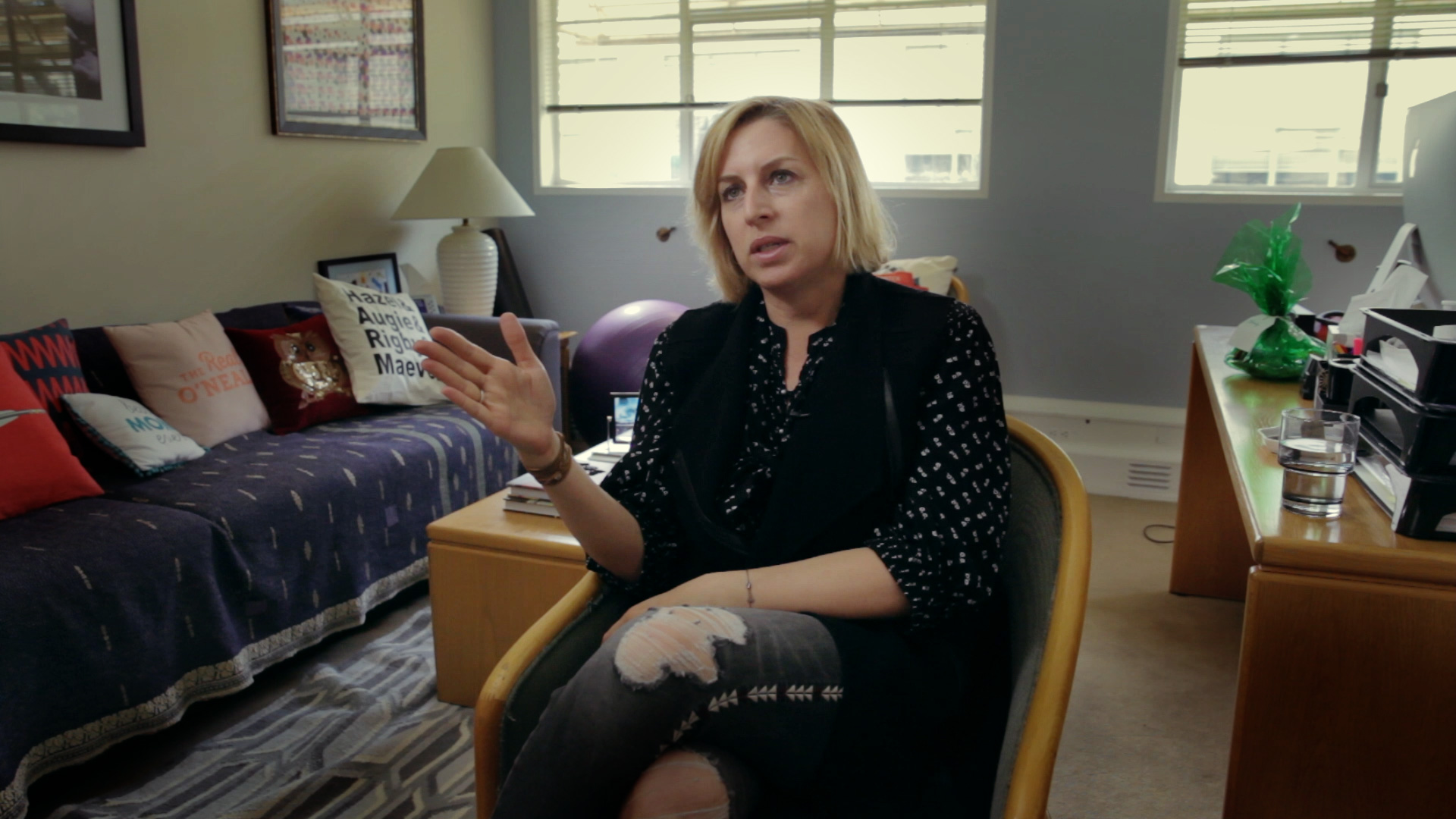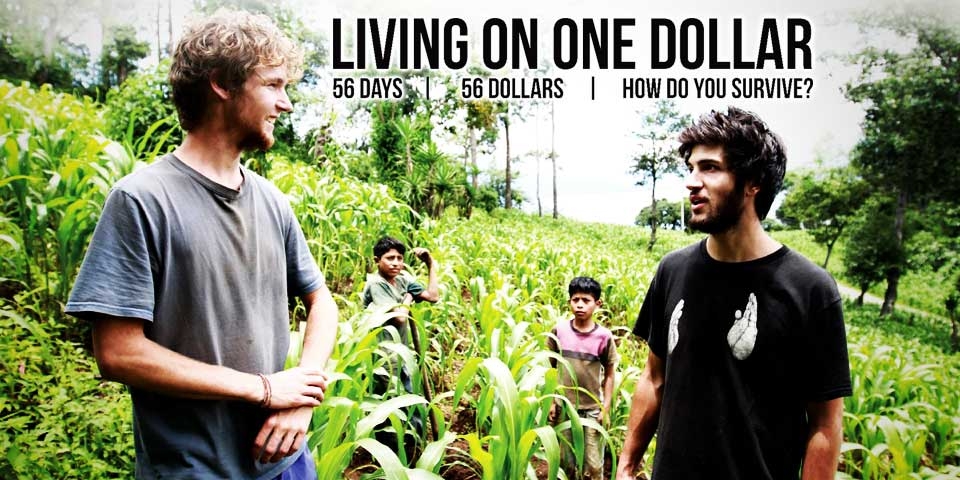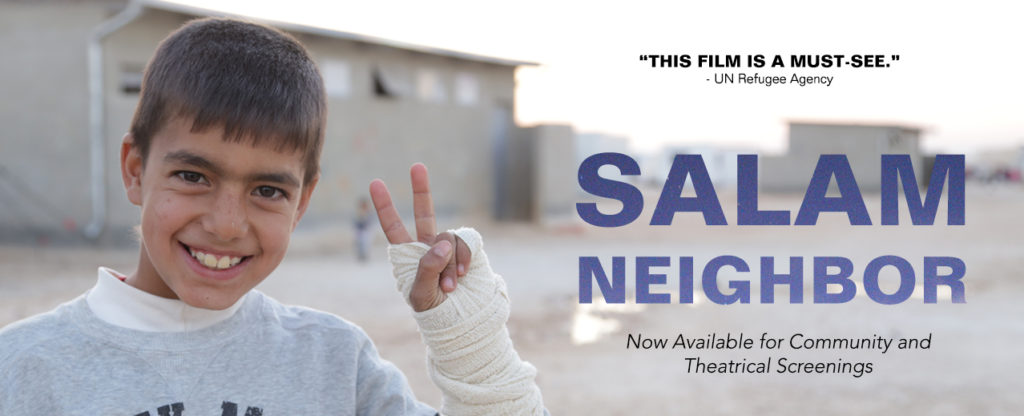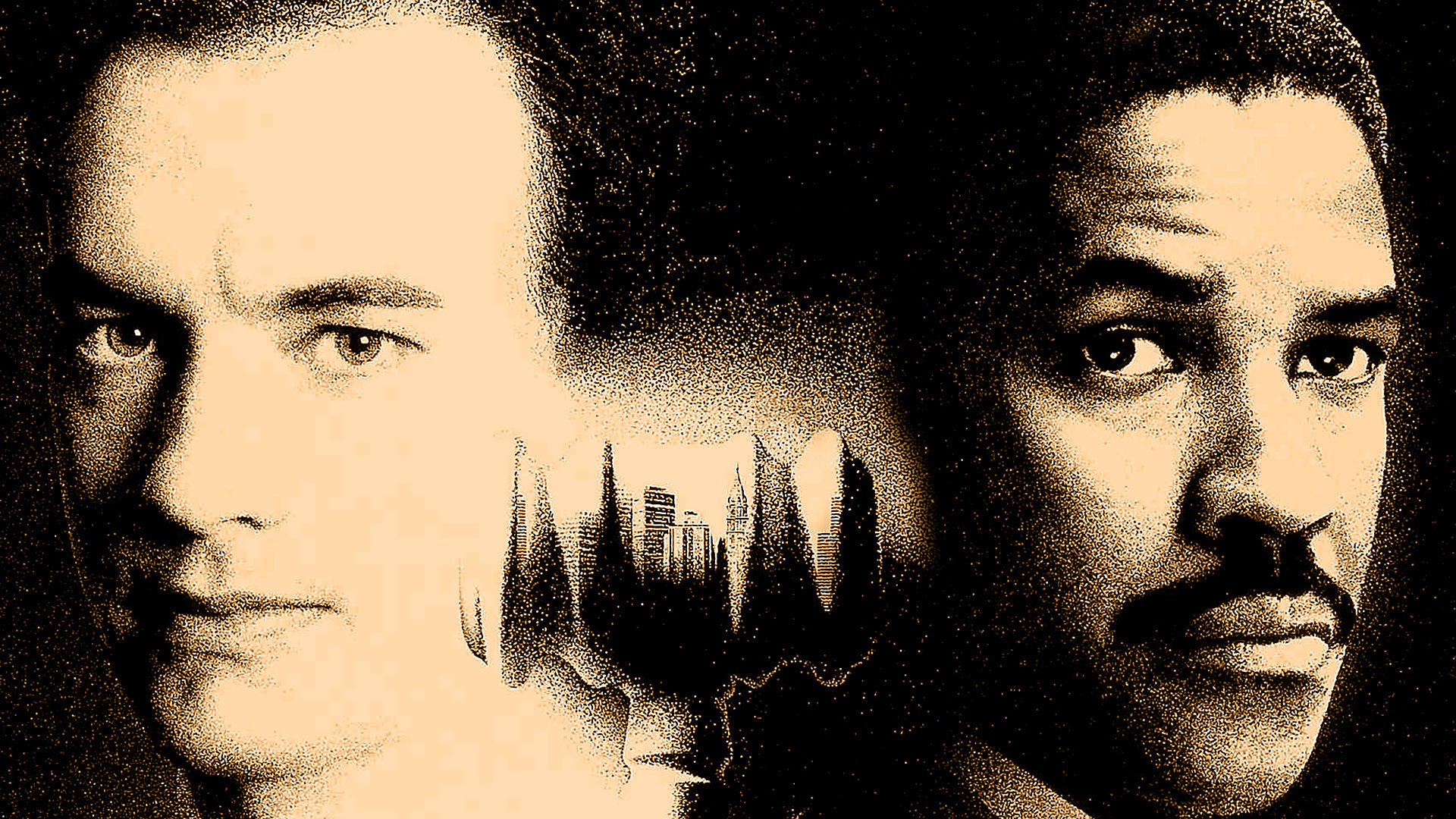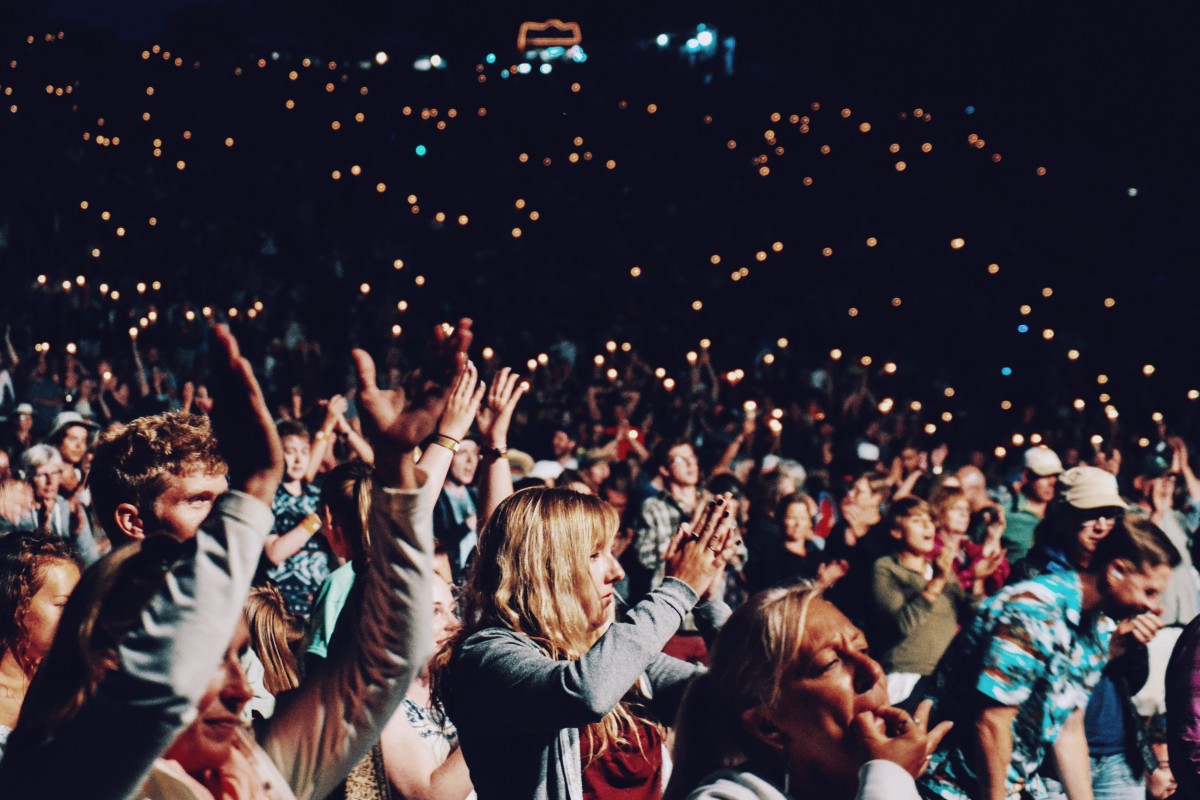Chris Temple, one of the founders of Living on One, a documentary and impact campaign powerhouse, speaks to SIE Voices about getting into the social impact entertainment space and what it takes to build a campaign around the film. Their documentaries, Living On One Dollar and Salam Neighbor, explore the pressing issues of poverty and the refugee crisis, and have gone on to create social and political change on an international level. Chris advocates for the everyday documentarian – anyone can and should make a documentary.
How does someone start in the impact entertainment space? What resources do you recommend?
Watch as much content as you possibly can. Follow other filmmakers across social media from diverse backgrounds. Check out No Film School. Start creating even when you don’t know how or doubt yourself! When it comes to making a documentary or any film for that matter, define your goals, audience, and intended change. Think about the primary impact dynamic, which is the #1 thing you want to come out of the film. Remember that filmmaking is a long journey. For Living On One Dollar, there were times when we were exporting version 65 of our cut and wondering how we would ever finish, but you’ll always make it happen in the end. And don’t let the gear hold you back! We filmed both our documentaries on DSLRs with lapel mics and H4N zooms. You don’t need a super fancy camera to tell a good story.
How can someone ensure that they don’t fall into “voluntourism” or have a “White Savior” attitude?
We never started our project with the goal of helping, but instead with a focus on learning. When we first embarked on our trip to Guatemala, we left with the intention of understanding the things we read about in our textbooks. And when we started to create the film, we partnered with organizations that were already doing incredible work on the ground. For example, through our collaboration with Mayan Families, we ensure that our donations go directly towards community development and are used effectively. Also recognize where you can add value, which for us was storytelling. Then, think about how you can support the cause and partner with people that can work in other aspects better than you can.
How do you cope with the emotions that arise during the documentary process?
At one point during our filming of Salam Neighbor, I didn’t want to be on camera anymore because it was an emotional moment. We were encouraging a young boy to go to school, yet later learned that his school had previously been bombed, so he experiences post-traumatic stress in school environments.
We have to recognize our own limitations as filmmakers and aid-makers, and express humility that we don’t have all the answers. The people we interacted with were the ones teaching us. They’re the experts in their own lives. We did experience some guilt coming home, almost reverse culture shock at our entitlement and culture of consumption, but guilt is not a productive emotion. It doesn’t create change; it just makes you feel worse, so how can you channel that feeling into action and creativity?
Recognize that the people you film with are people. Show the film to them before you release it online. Make updates. Continue building that relationship.
How do you overcome the fear of facing controversial subjects?
We were definitely nervous before entering the refugee camps, but realized that that stemmed from our implicit bias towards the Middle East and refugees from media and news. Of course, we sought advice from war journalists and had a 35-page security protocol, but never once did we feel unsafe.
How do you approach building a social impact campaign?
Any good impact campaign evolves from your story because the story is what people see and are moved by. Read impact guides like the one from AFI Docs Impact Lab or the Impact Field Guide. For Salam Neighbor, we focused on individualizing the refugee crisis and targeted communities that had huge refugee populations, yet weren’t really engaging with them, such as in Nebraska or Dallas Fort Worth, especially those places that were more conservative in their views of refugees. With 1001 Media, a fellow producer on the film based in the Middle East with cultural knowledge and historical perspectives, we launched an educational guide and are implementing that into the Common Core curriculum. We’re reaching out to teachers that we’ve worked with in the past and are hosting screenings as well.
How do you build partnerships with many of the development-based organizations and non-profits both in the United States and in the countries you work with? How do you approach such a collaboration?
The hardest part is starting out because you don’t have much credibility or a track record. You may only occasionally receive a reply, but listen as much as possible to those individuals who are willing to give advice. We actually connected with one of our mentors by just tweeting him again and again until he responded and agreed to watch our trailer. It’s a numbers game in some ways, but once you do hear back, prove that you’ve done your homework and are serious in what you’re asking. Have a specific question and show that you’ve gotten as far as you can without the extra help.
What has been the most difficult part of building the campaigns for Living On One Dollar and Salam Neighbor?
Finding the finances. Investors usually see a more direct reason to support a film versus an impact campaign. But slowly, we’re proving to funders that a national tour or building a curriculum is worth the time. Living On One Dollar was released years ago, but just last week, we ran a fundraiser to sponsor a new preschool in the community there. Our ongoing engagement with the community is very important to us. These stories and the impact we can make don’t end when the credits roll.
Out of curiosity, how has For My Son been doing? Do you see a difference in reach between VR and traditional film?
For My Son is most effective in person, which is why we brought it on tour and presented it at over 750 screenings as a VR exhibit. It’s currently an exhibit at the U.S. Holocaust Memorial Museum! The technology for VR isn’t quite there yet to leapfrog into creating successful documentaries, but at the end of the day, it all depends on your goal.
What is coming up next?
We do have a feature documentary in the works that is inspired by individuals from previous films, kind of like a Boyhood, journey-of-their-lives style film. Stay tuned on our social media handles, @LivingonOne, as we will be providing teasers and more information soon!
Thank you, Chris, for speaking to SIE Voices about your experiences with impact filmmaking. We hope audiences find this insightful and empowered to begin their own projects. As always, feel free to contact CoC or Living on One for advice, but remember to do your homework first!


